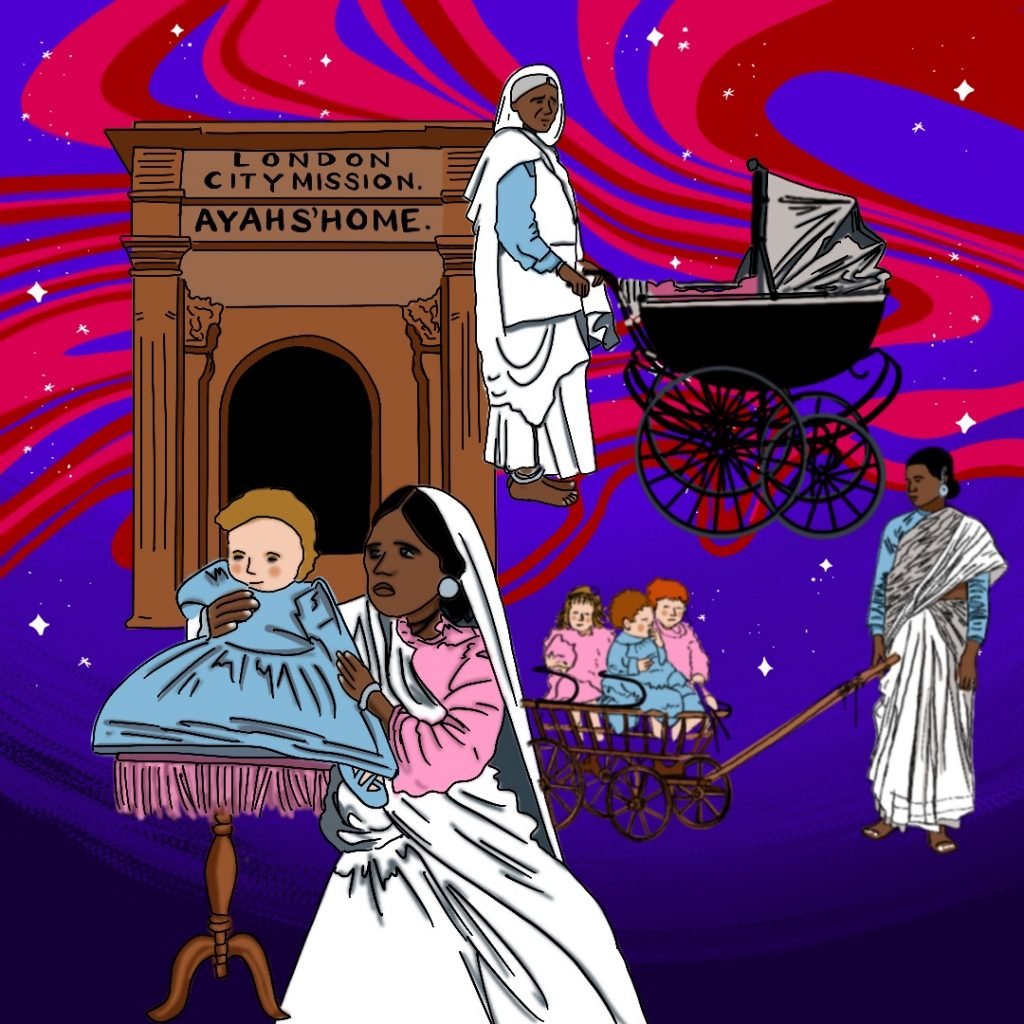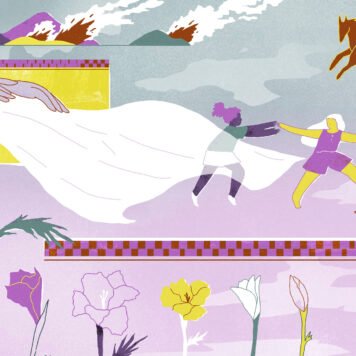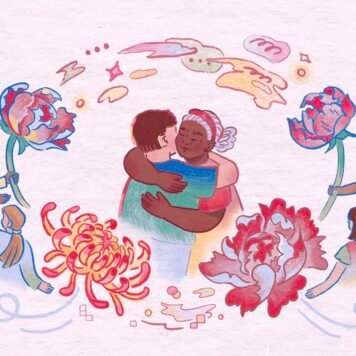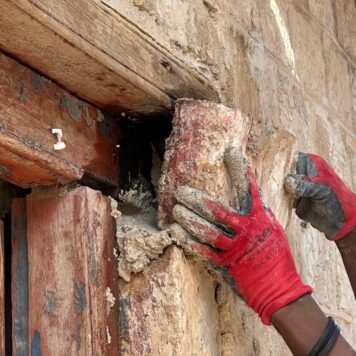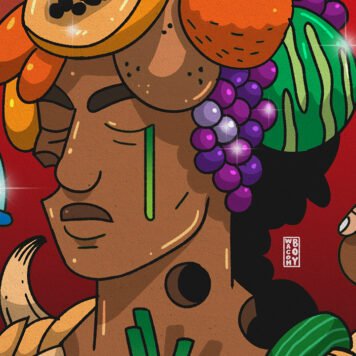When British colonialism was at its height in the early 1900s, many South Asian women came to England under employment as Ayahs (maids) for British families. While largely undocumented, Indian Ayahs were amongst the earliest of all migrants from India to Britain.
At the time, Ayahs were regarded as “crucial domestic workers”, indispensable for taking care of children in Anglo-Indian households and also acting as ladies’ maids. Georgiana Kingscote, author of The English Baby In India: And How To Rear It (1893) writes that the Ayah was “the most important personage in the Anglo-Indian nursery, one on whom very often the whole future health and happiness of the English child depend[ed].”
Some Ayahs began working for their British employers while still living in India. British memsahibs (women generally born in Britain, but who moved to India after marrying) insisted on employing female servants to take care of their children.
Despite their role in British families, it is alleged that some employers were unkind to Ayahs and did not view them as a positive influence on their children, with many parents subsequently sending their children to boarding schools in England. In later years, these children wrote fondly about their Ayahs and how they missed them, but sadly most never saw them again
Moreover, upon their arrival in England, Ayahs were often dismissed without cause. Returning to India was difficult, sometimes impossible, and many of these young women had to remain in this foreign country with no support network.
The story of one Ayah is featured in a Sky Arts programme entitled Treasures of the British Library. Upon arriving in England from Mumbai in 1908 after working on board for a Mrs Catchpole, she was later dismissed and abandoned at King’s Cross Station with only £1. Her story was all too familiar, with a BBC2 documentary A Passage to Britain mentioning an Ayahs’ home in Hackney for abandoned nannies, showing how rife this problem was.
During this turbulent period at the height of British colonisation, many former Ayahs found themselves destitute. British feminists decided to galvanise around this cause, with the situation of Ayahs and other oppressed women still living in South Asia providing a focal point for the movement.
Ayahs were also championing their own cause and some even sought retribution for being mistreated by their employers. One such Ayah, Jaunee Beebee, filed a petition (1831) against her British employers for detention, mistreatment, and the refusal to pay for her passage back to India.
By 1905, South Asian women began to support political activities publicly. In the book Striking Women: Struggles and Strategies of South Asian Women Workers from Grunwick to Gate Gourmet by Anitha Sundrari and Ruth Pearson, South Asian women discuss their lives, their work, their trade unions and how they mobilised.
Two particularly influential South Asian women – Sophia Duleep Singh and Bhikaiji Cama – became prominent suffragettes, campaigning for South Asian women and Indian independence.
Sophia Duleep Singh was born in Norfolk. She strongly opposed the injustice of making a woman pay taxes when she had no right to vote or voice her opinion on how those taxes were spent. In 1911, Sophie was fined by the courts for refusing to pay taxes due on her five dogs and man servant.
Tax resistance was not Sophie’s only form of defiance; she also took part in many acts of civil disobedience. In 1910 she marched at the head of the Black Friday deputation to the Houses of Parliament, protesting the delays involved in reading a bill in Parliament that would give women the vote. This protest ended in police violence and the death of two suffragettes.
Bhikaji Cama, born in then-Bombay, was also a prominent suffragette and ardent socialist, actively campaigning for gender equality and Indian independence. She spoke at a National Conference in Cairo in 1910 (which was attended only by men) and stated that “the hand that rocks the cradle is the hand that moulds the nation,” emphasising the role of women in their maternal role of shaping the nation.
The work of these women, and others like them, illustrates the intensity of their commitment to gain their right to voice an opinion. It also showcases the seemingly insurmountable opposition they were up against – yet they remain largely unheard of in history books. The suffrage movement has predominantly been celebrated on the successes of Western, white, middle-class women and therefore the writing of women’s history has omitted the experiences of South Asian women.
I can only assume that the root of this is in the continuing focus on the contributions and successes of white British women and the erroneous belief that most South Asian women are oppressed and have no voice of their own.
Even the influence that South Asian feminists had on groups such as the Asian Youth Movement (AYM), which formed in the UK in the 1970s, is muted by the fact that most of these organisations were dominated by men.
From my own experiences of growing up in Cambridge, the daughter of parents who emigrated from East Pakistan (now Bangladesh), I don’t ever remember learning about the contribution that South Asian women made to the suffragette movement, nor any other campaign involved in the fight for equality.
What I do remember being told is that a woman’s place is in the home, to cook and clean. Older generations in Bangladeshi families had clear-cut roles for men and women. These generations accepted men to be the breadwinners of the family for the most part. Women were expected to stay at home.
And although we are seeing some change, as a new wave of young, well-read women takes the reins, it will take conscious effort to break the stigma. An important part of this will be realising our history of protest and the role South Asian women played in the feminist movement.
It is therefore more important than ever to expand the teaching of feminism and give credit to the countless South Asian women who helped fight for equality, not just to recognise their contribution but to help dispel the many myths that still circulate today.
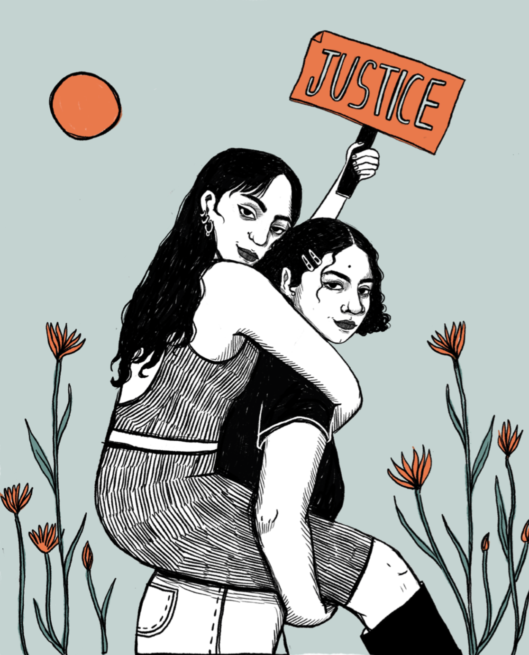
Join our mailing list
Sign up for shado's picks of the week! Dropping in your inbox every Friday, we share news from inside shado + out, plus job listings, event recommendations and actions ✊
Sign up for shado's picks of the week! Dropping in your inbox every Friday, we share news from inside shado + out, plus job listings, event recommendations and actions ✊
What can you do?
Books
- Read Indian Suffragettes C: Female Identities and Transnational Networks
- Read Can We All Be Feminists?: Seventeen writers on intersectionality, identity and finding the right way forward for feminism
- Read New South Asian Feminisms: Paradoxes and Possibilities
Organisations to check out:
- CFFP – A research, advocacy, and consulting organisation dedicated to promoting Feminist Foreign Policy across the globe. A Feminist Foreign Policy (FFP) is a political framework centred around the wellbeing of marginalised people and invokes processes of self-reflection regarding foreign policy’s hierarchical global systems
- Intersectional Feminist Society – the Intersectional Feminist Society seeks to create an environment for students to interact with modern feminism as well as be active anti-sexists on campus at King’s College London Students’ Union (KCLSU).
Articles
- The Black and Asian women who fought for a vote.
- Princess Sophia: Suffragettes and Women’s Votes | Essex Cultural Diversity Project
Podcasts
- Masala Podcast: The South Asian feminist podcast on acast
- Brown Boss: British Asian Women’s magazine podcast, which invites successful British South Asians to talk about their work and experiences
